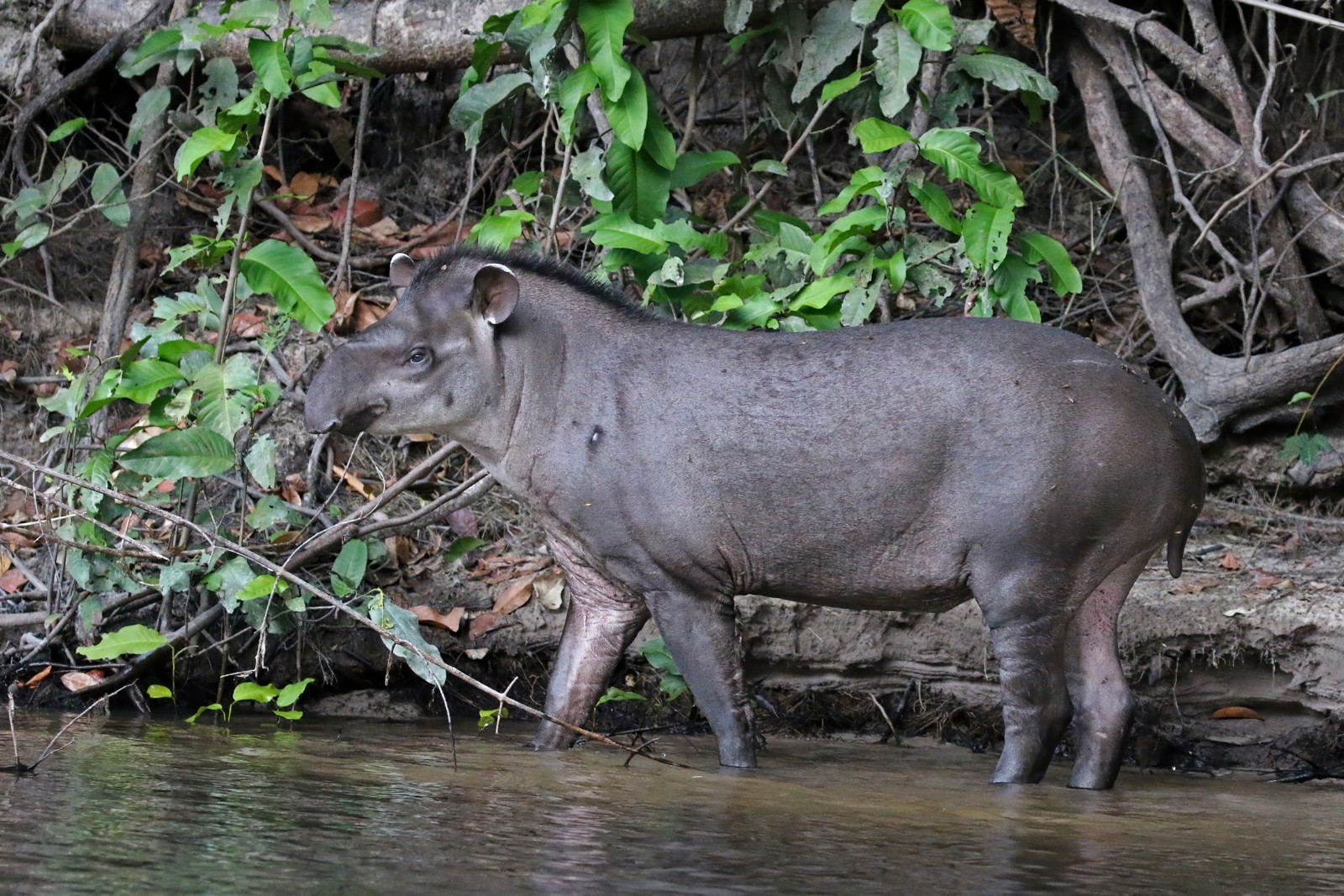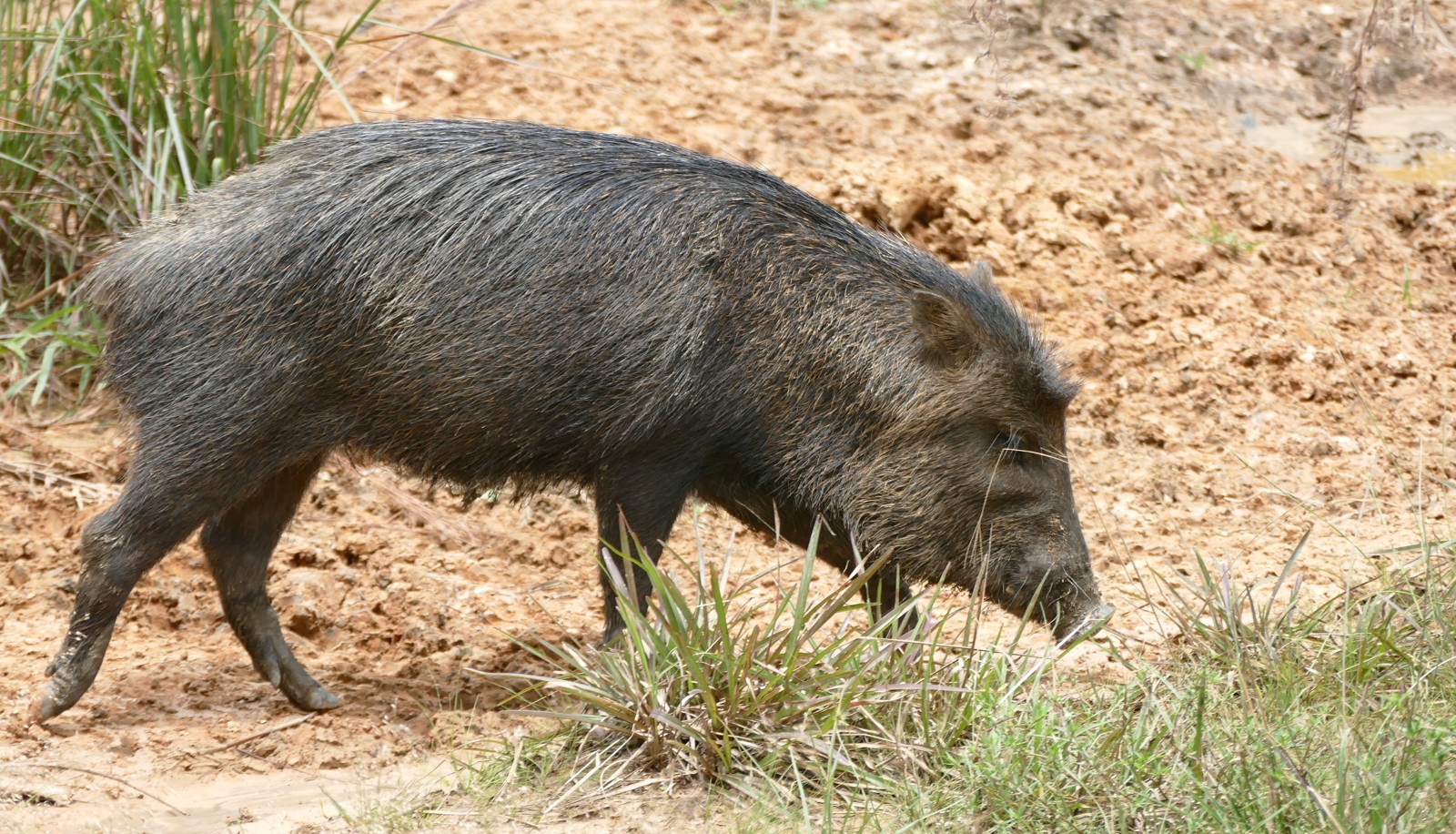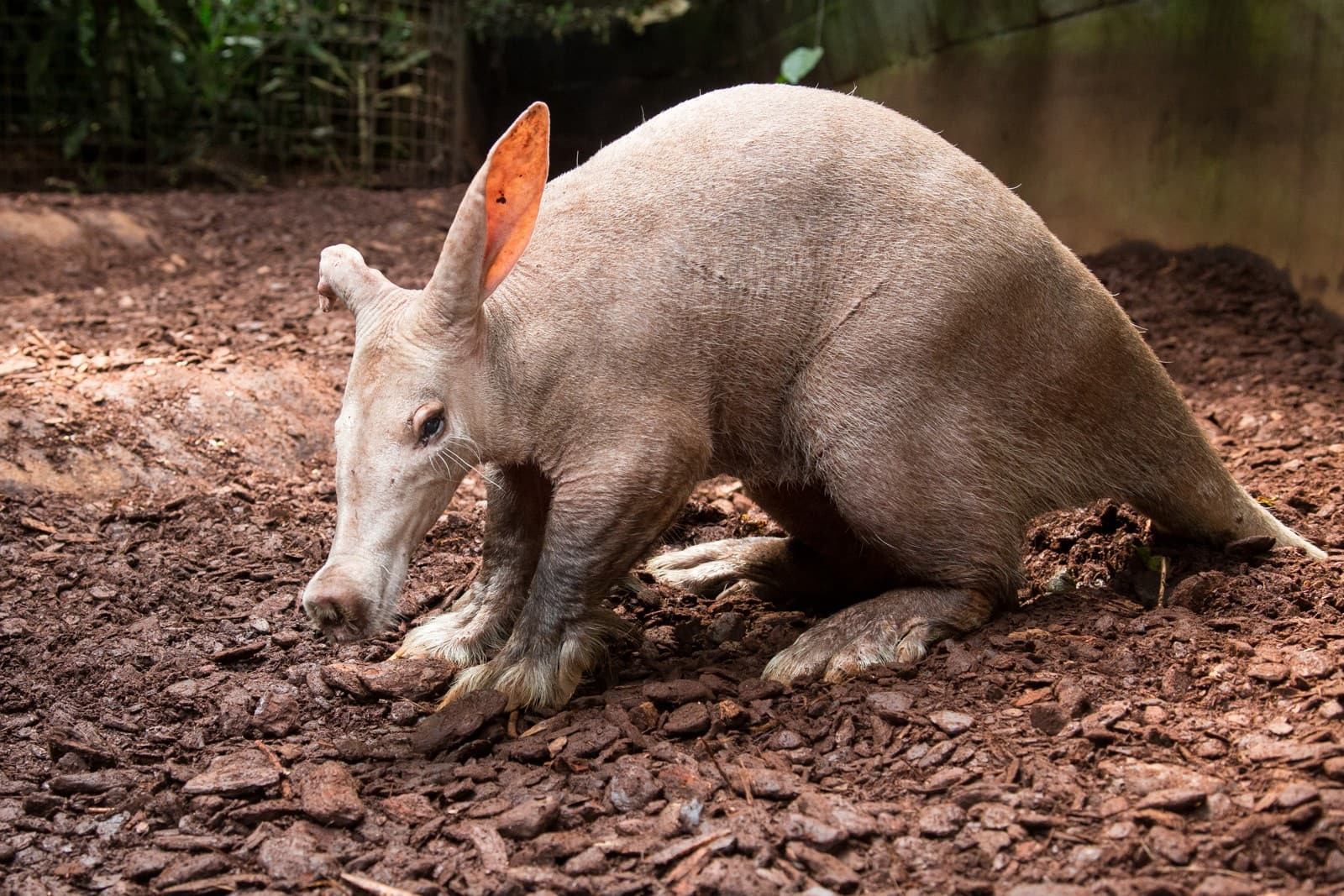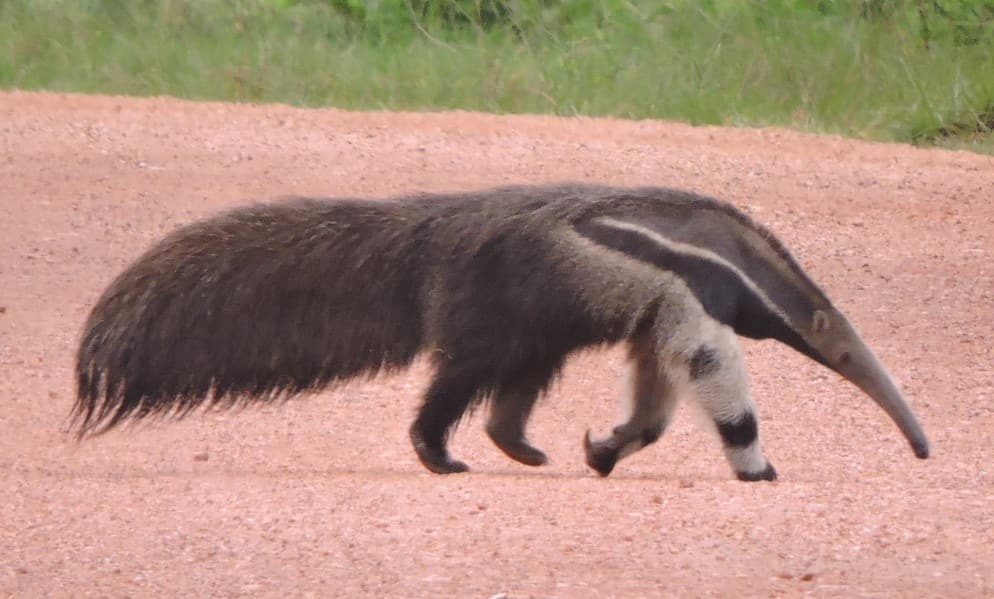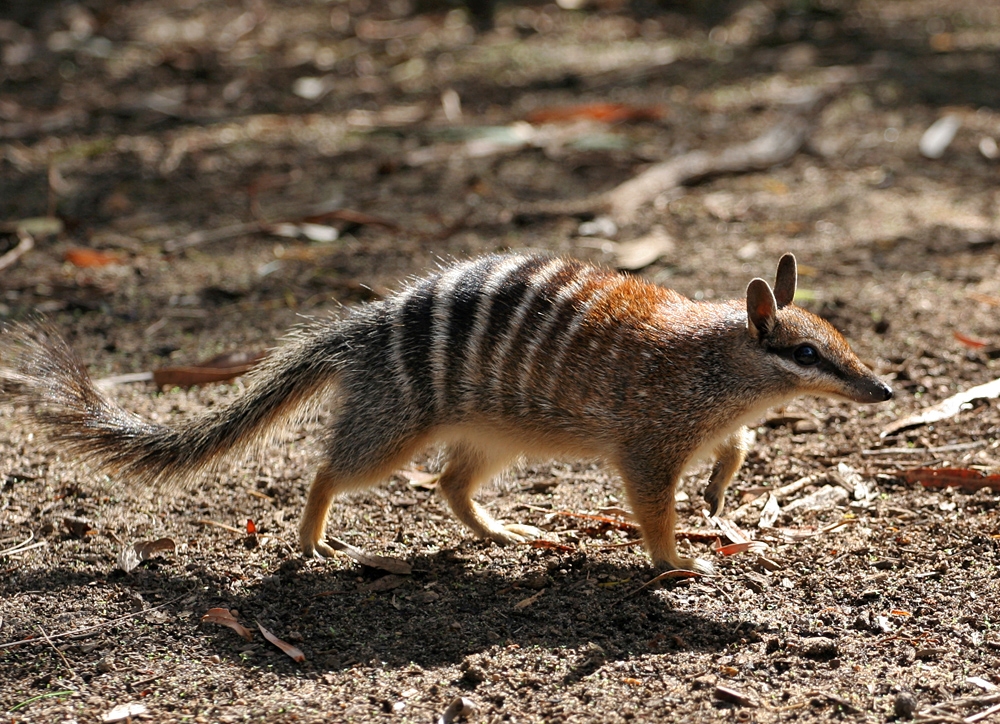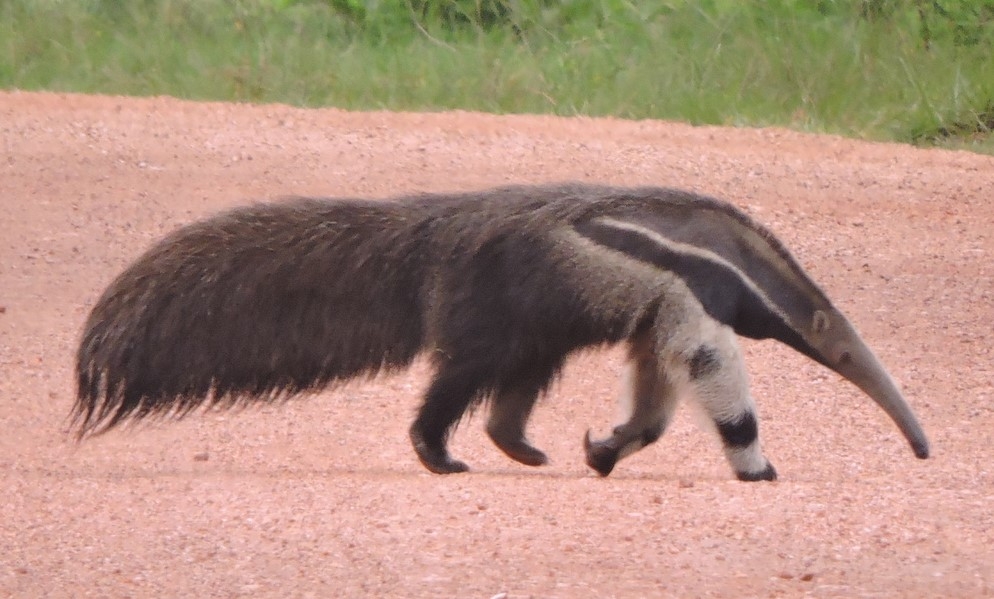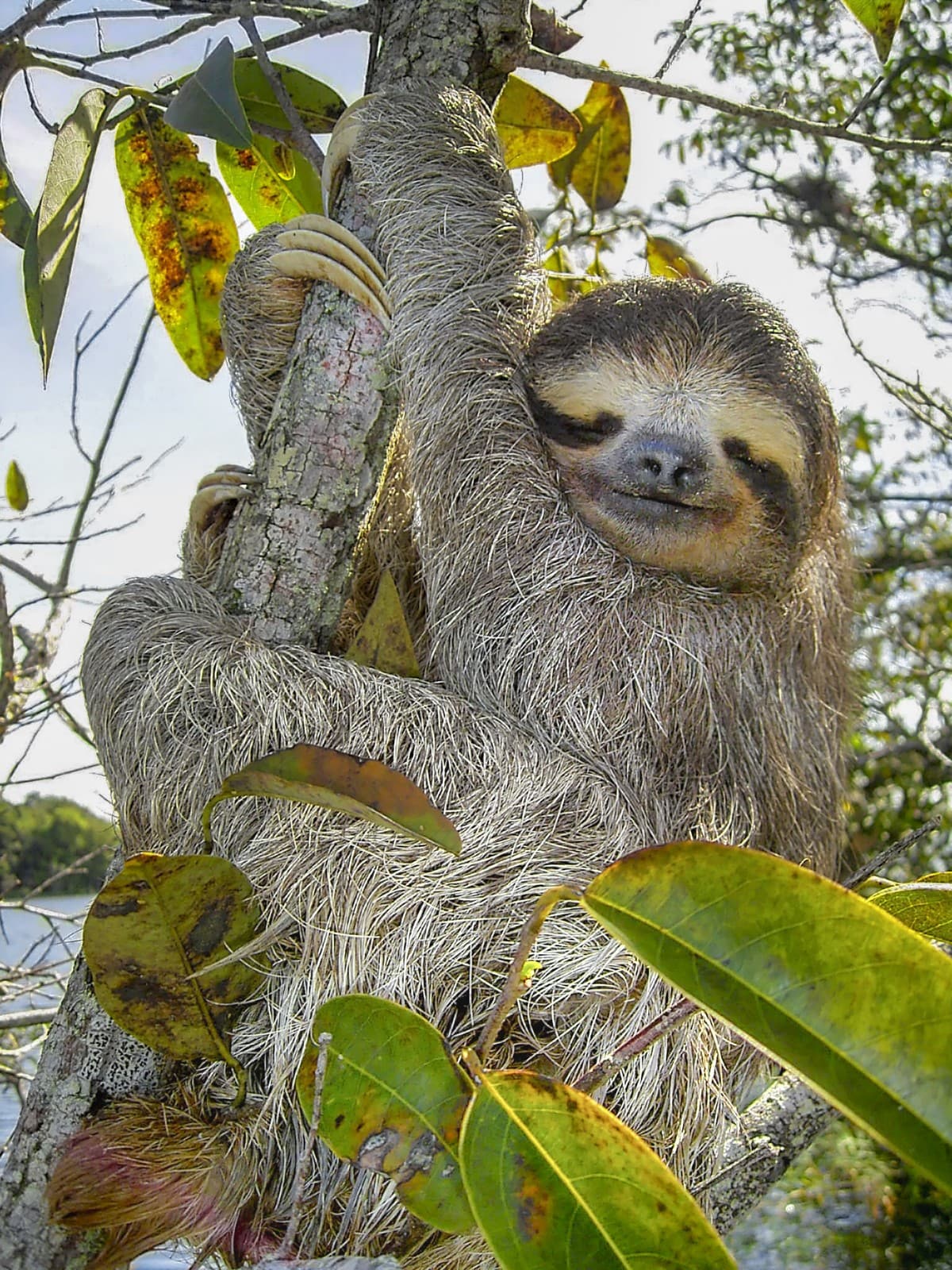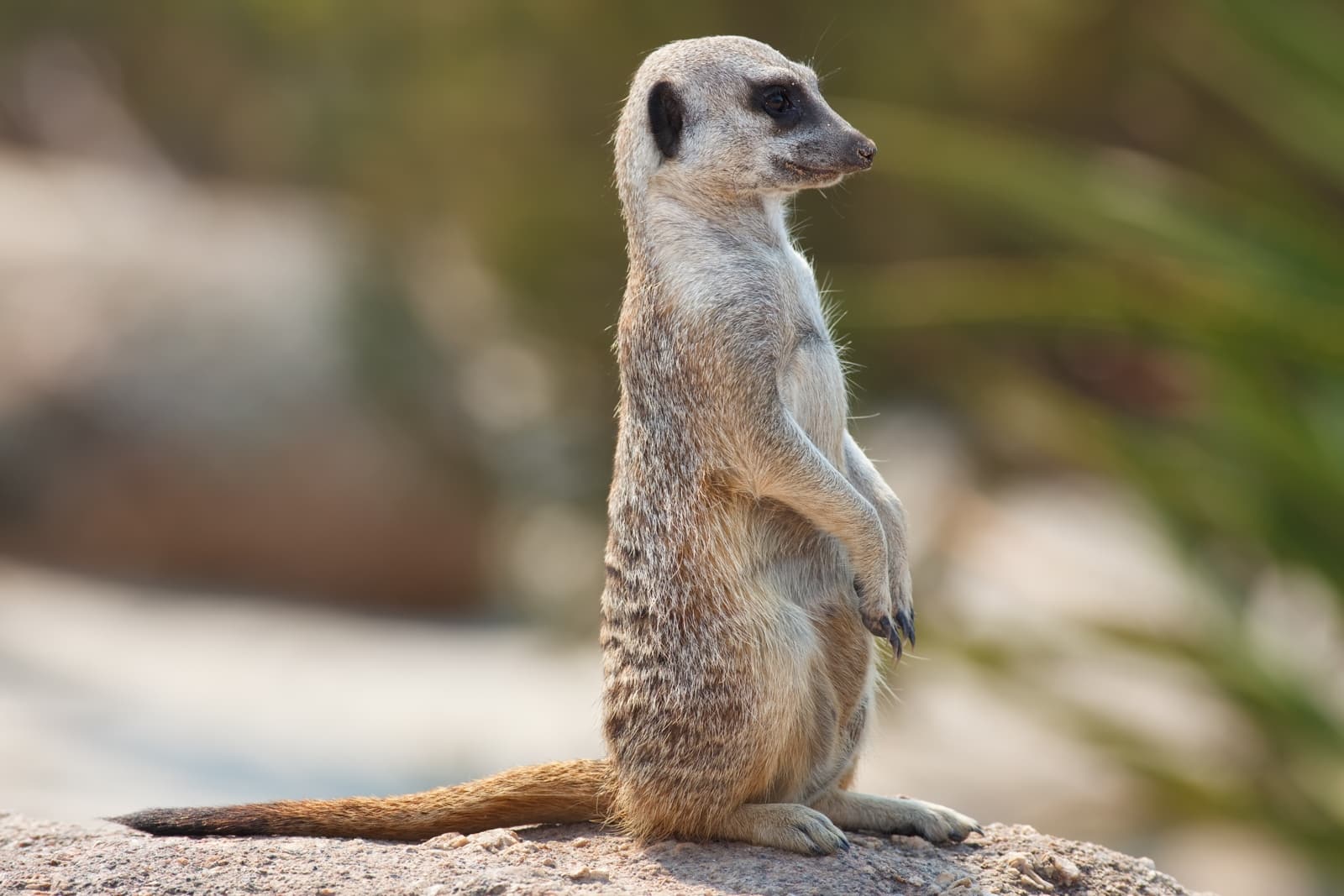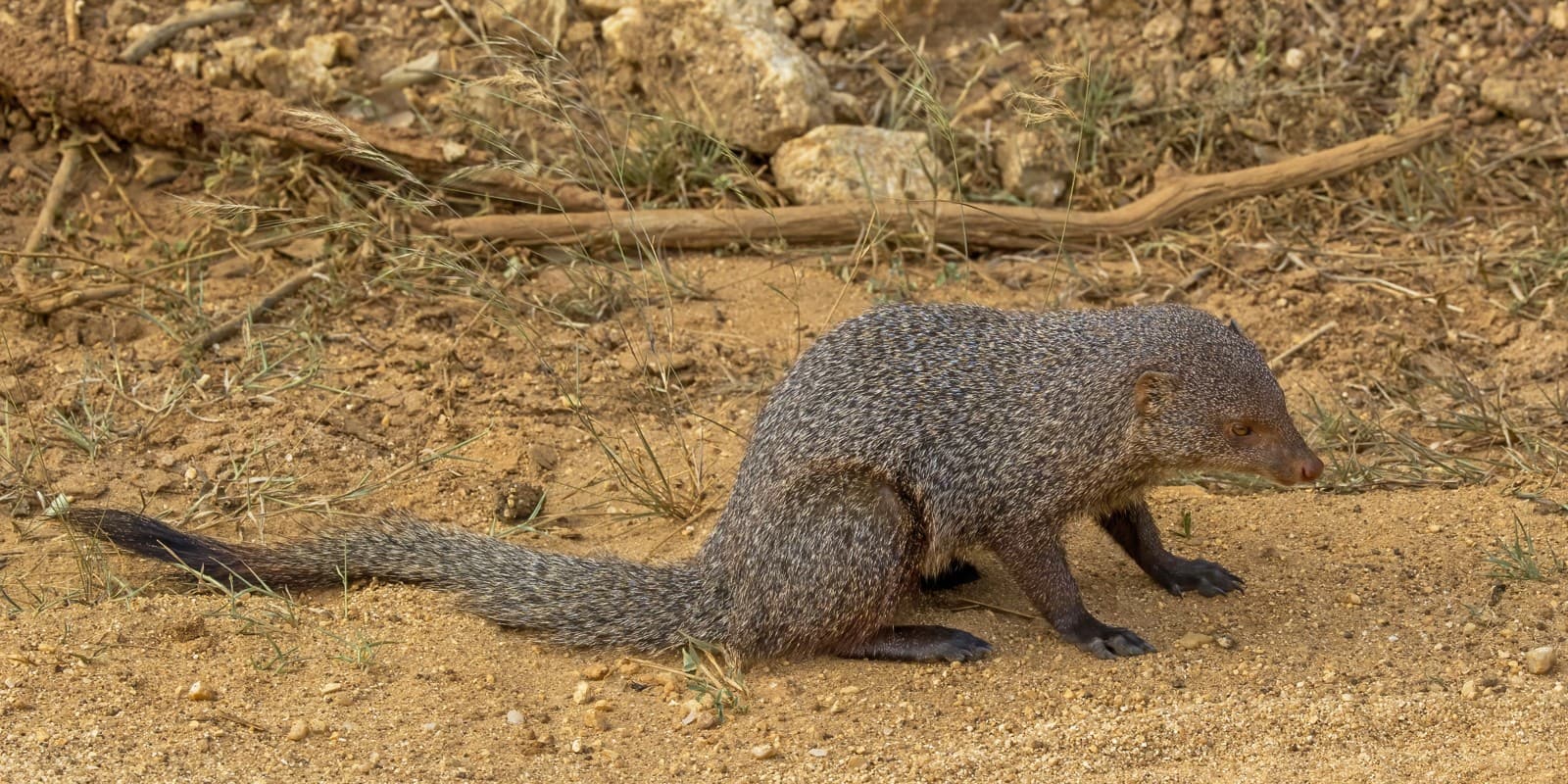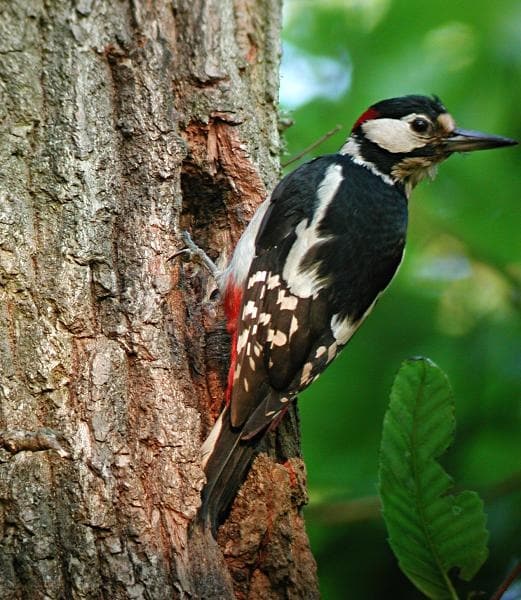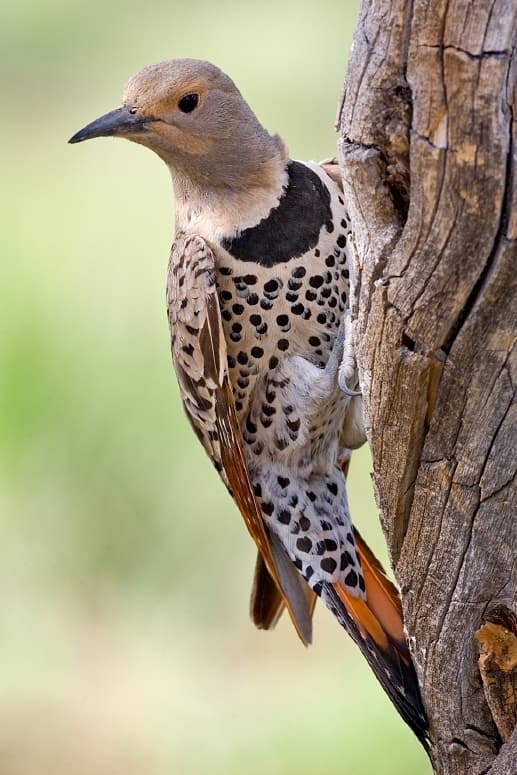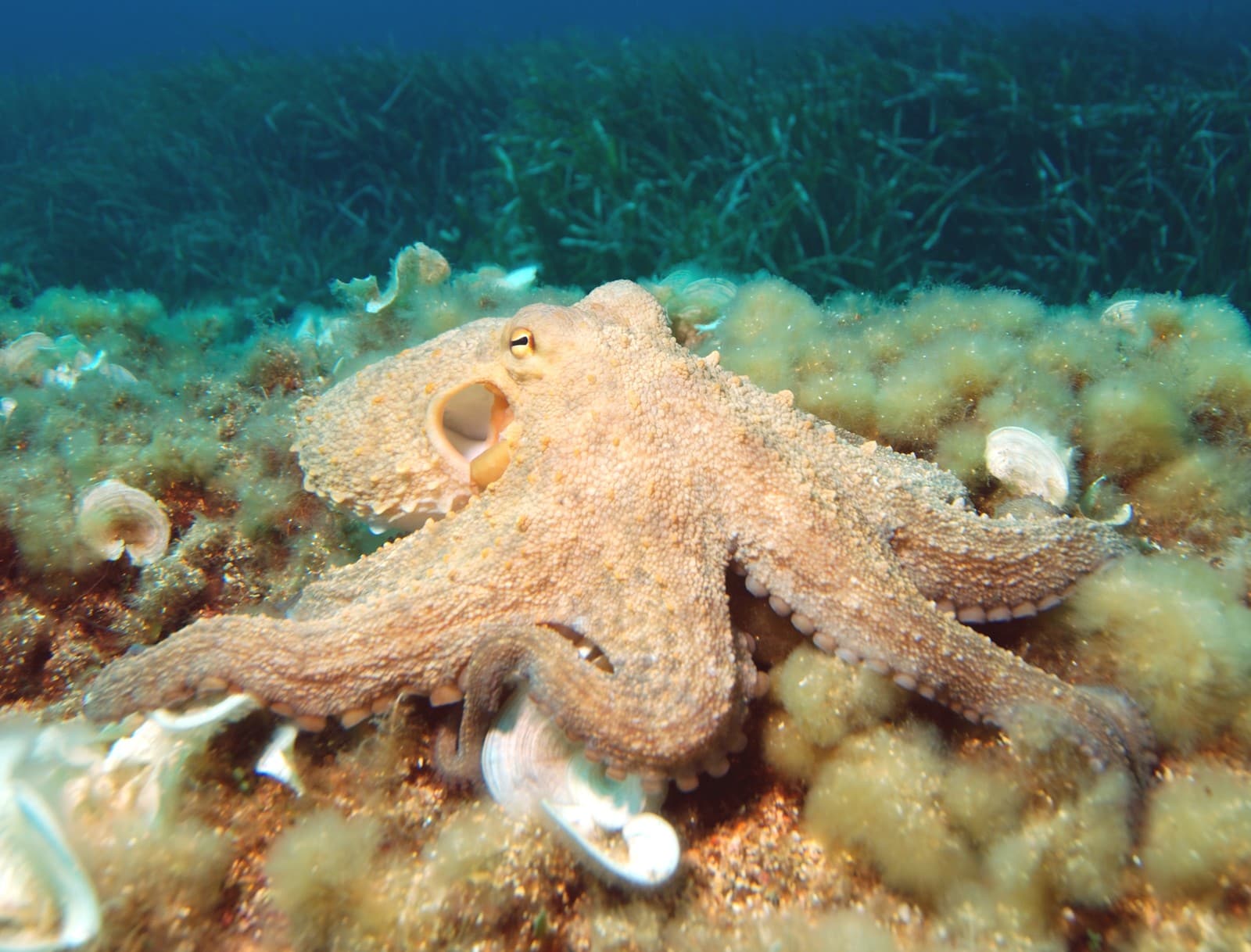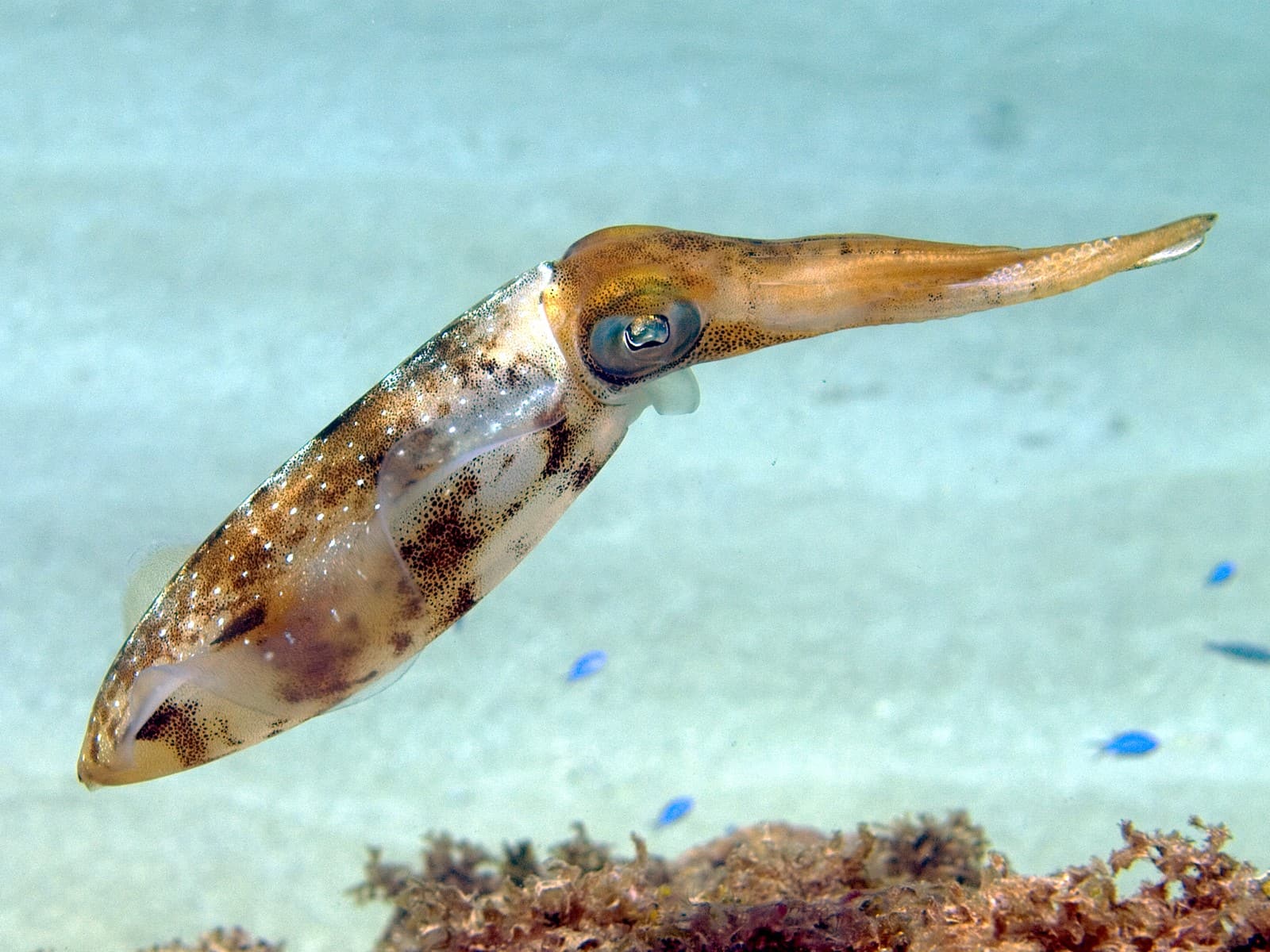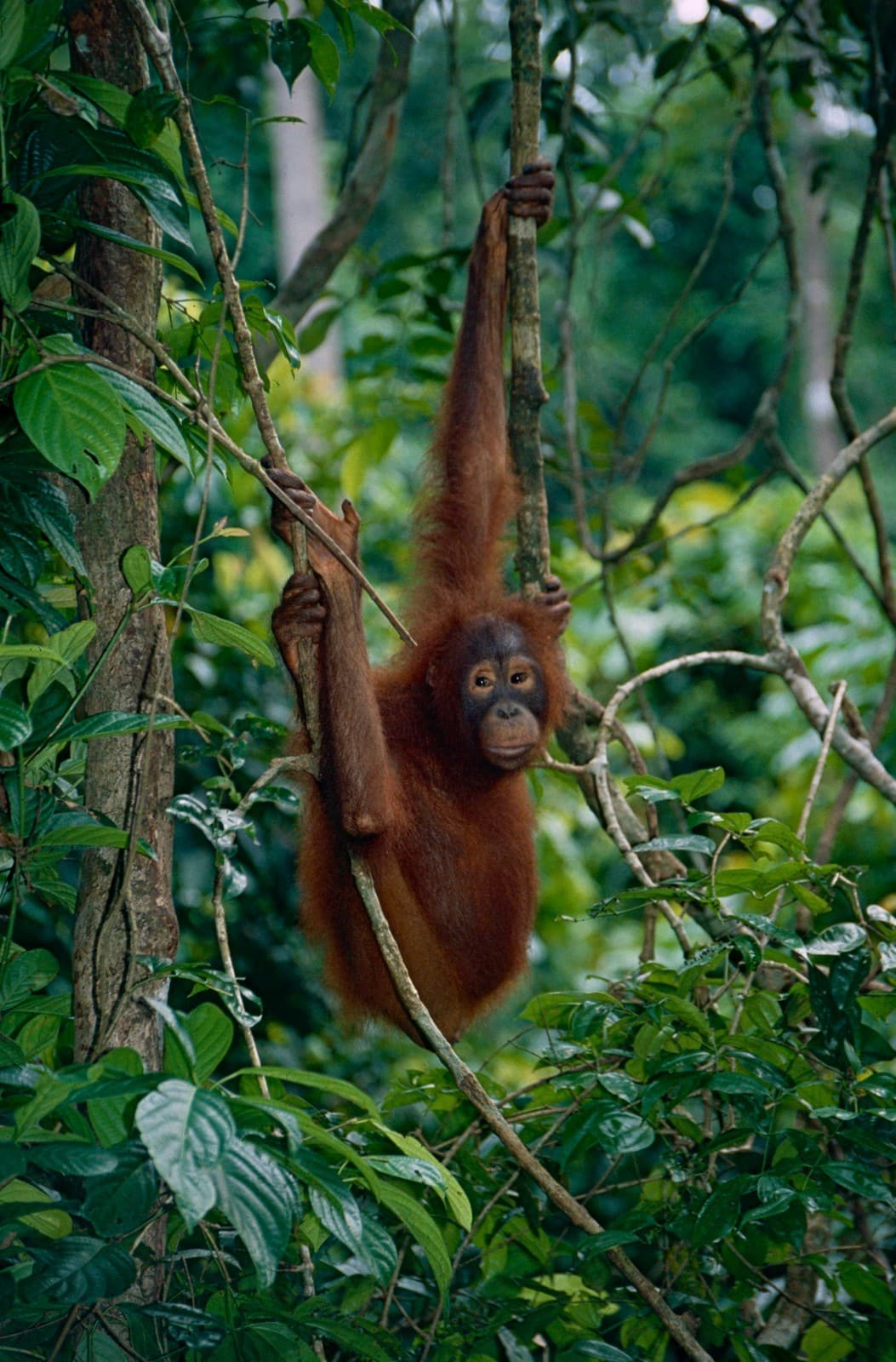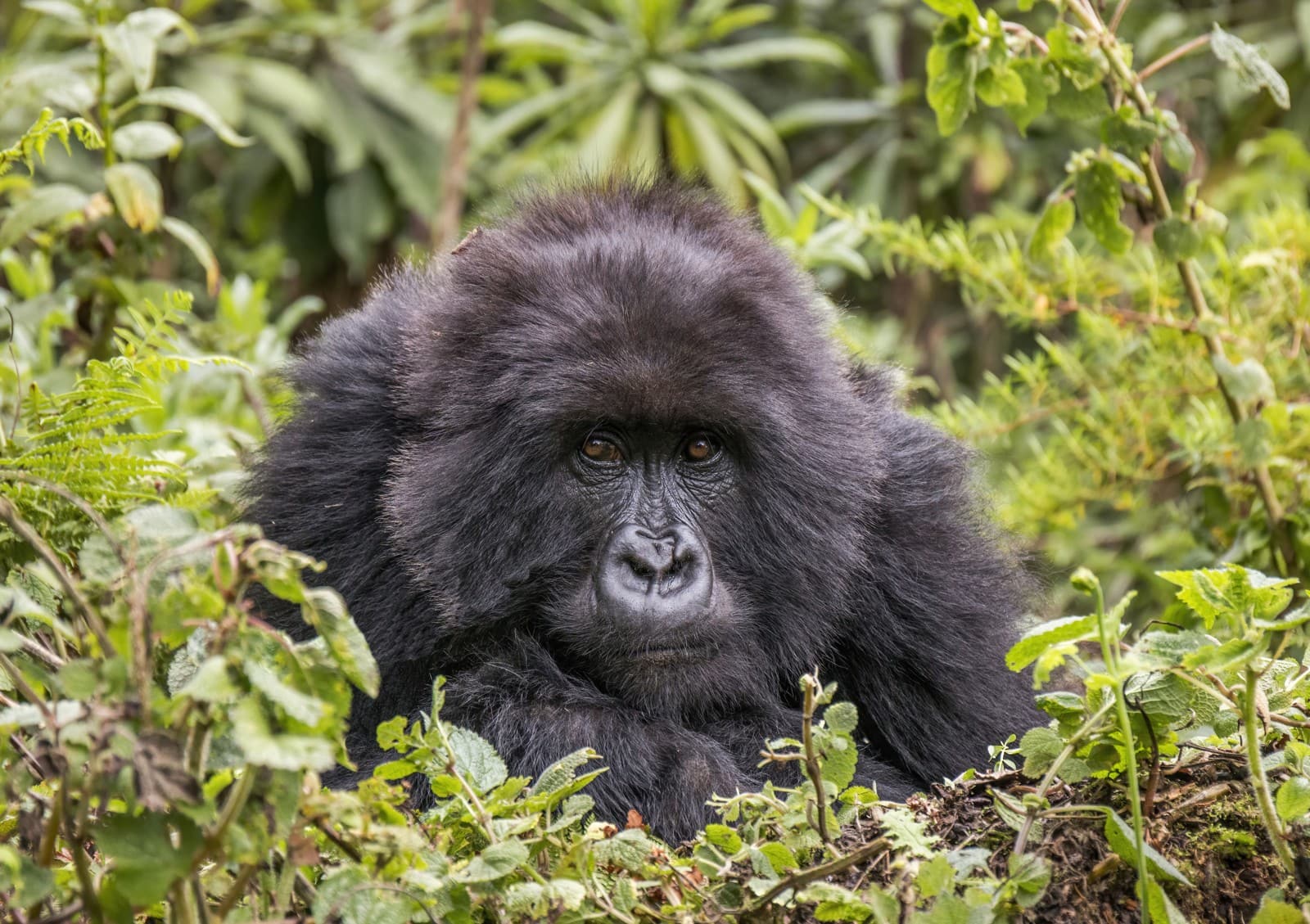Tapir vs Anteater: A Complete Comparison
While tapirs and anteaters both call South America home, these remarkable mammals couldn’t be more different in their biology and behavior. Tapirs are stocky herbivores weighing up to 700 pounds (317 kg), while giant anteaters are specialized insectivores reaching 140 pounds (63 kg). Despite sharing some habitats, these species have evolved distinct features that set them apart in fascinating ways.
The contrast between tapirs and anteaters reflects millions of years of evolution leading to different survival strategies. Where tapirs developed as browsers with prehensile snouts perfect for gathering vegetation, anteaters evolved extraordinarily long tongues—up to 2 feet (61 cm)—specifically adapted for raiding ant colonies.
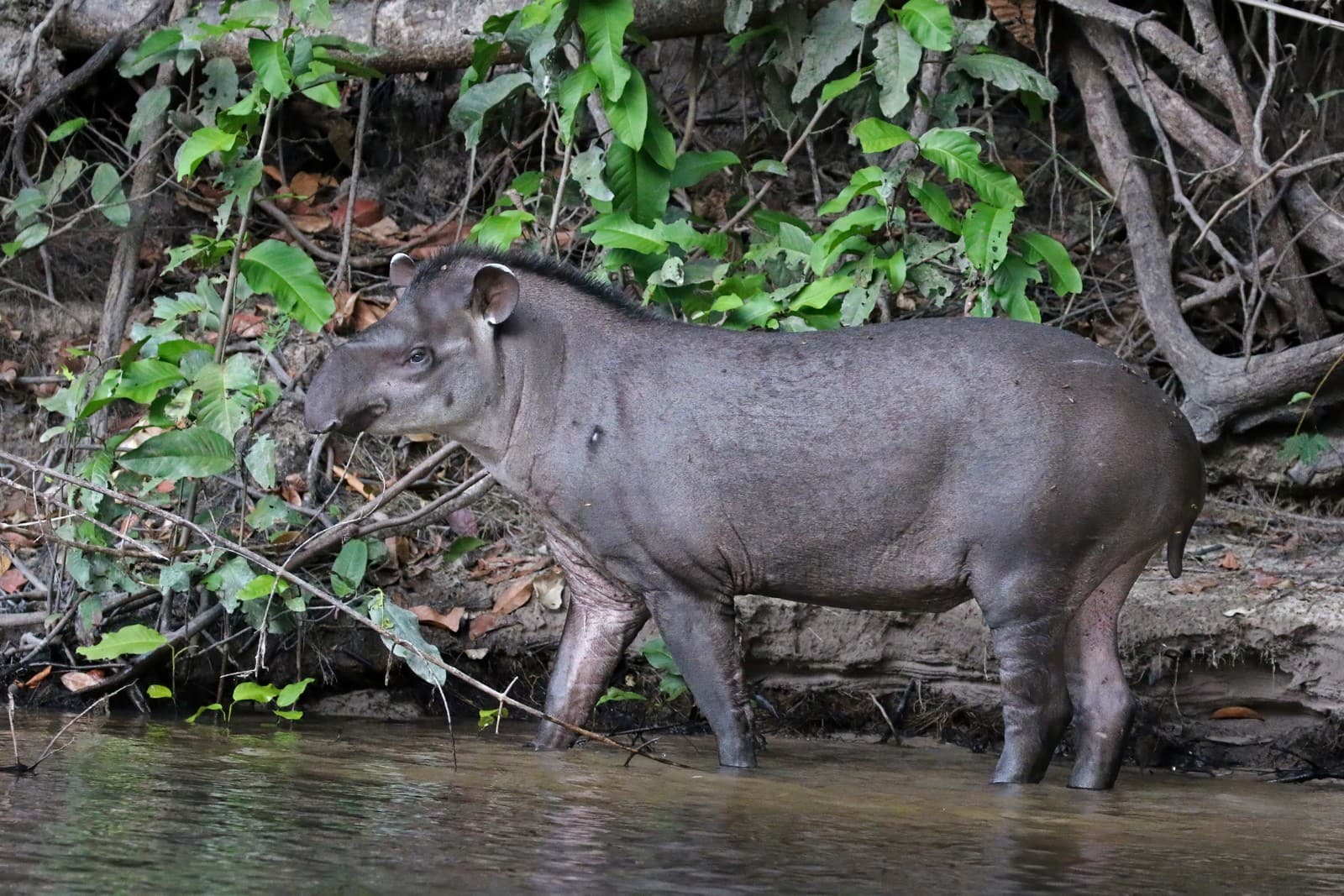
© Charles J. Sharp / CC BY-SA 4.0
The lowland tapir demonstrates the robust build and semi-aquatic adaptations characteristic of its species, with its distinctive prehensile snout perfectly suited for browsing vegetation.
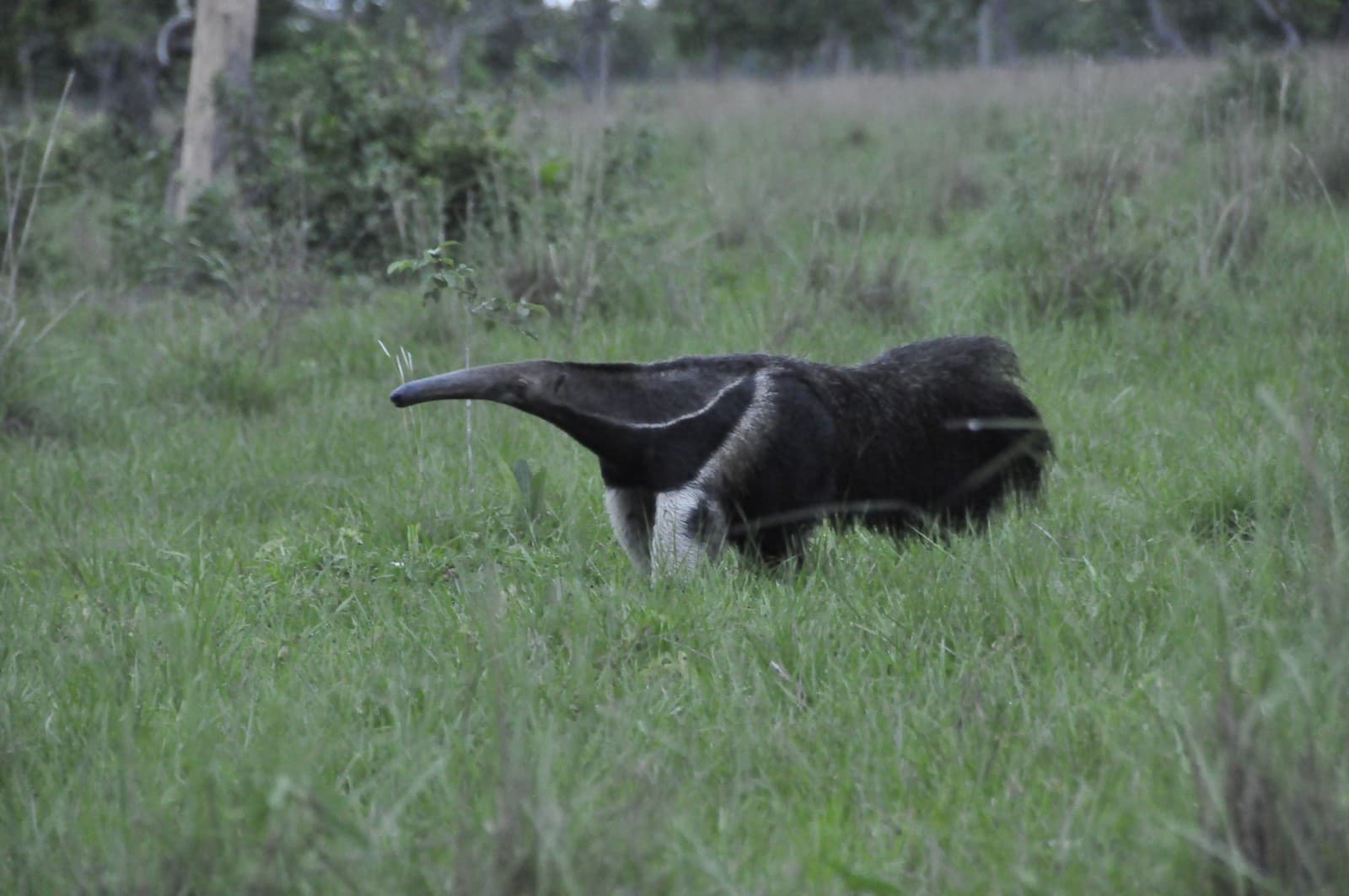
© Larissa Vaccarini Ávila / CC BY 4.0
The giant anteater exhibits its specialized features for insect consumption, including the elongated snout and powerful forelimbs used to tear into termite mounds.
Key Differences Between Tapirs and Anteaters
| Feature | Tapir | Anteater |
|---|---|---|
| Size | 500-700 lbs (227-317 kg) | 60-140 lbs (27-63 kg) |
| Diet | Herbivorous (leaves, fruits, aquatic plants) | Insectivorous (ants, termites) |
| Snout Type | Short, prehensile trunk | Long, tubular snout |
| Habitat | Rainforests, wetlands | Grasslands, forests |
| Social Behavior | Mostly solitary, occasional pairs | Strictly solitary |
| Defense Mechanism | Powerful bite, swimming ability | Sharp claws, powerful forearms |
Habitat and Distribution
Tapirs and anteaters showcase different habitat preferences despite overlapping ranges in South America. Tapirs require proximity to water bodies and dense vegetation, spending considerable time in rivers and swamps. They’re excellent swimmers and use waterways for cooling, feeding, and escaping predators.
Giant anteaters, conversely, thrive in both open grasslands and forests, requiring no direct water access. Their range extends from Honduras to northern Argentina, adapting well to various environments as long as their primary food sources—ants and termites—remain abundant.
Diet and Feeding Behavior
The dietary differences between tapirs and anteaters represent one of their most striking contrasts. Tapirs are browsers, consuming up to 85 pounds (38 kg) of vegetation daily, including leaves, twigs, fruits, and aquatic plants. Their prehensile snouts help them grasp and manipulate food items with remarkable dexterity.
Anteaters are highly specialized insectivores, capable of consuming up to 35,000 ants and termites daily. Their powerful forelimbs tear open insect nests, while their long, sticky tongues—flicking up to 160 times per minute—efficiently collect prey.
Physical Adaptations
Tapir Adaptations
- Prehensile trunk for gathering vegetation
- Stocky build for pushing through dense forest
- Splayed toes for stability in muddy terrain
- Small eyes with excellent night vision
Anteater Adaptations
- Two-foot-long tongue for insect collection
- Powerful claws for defense and foraging
- Thick fur protection against insect bites
- Enhanced sense of smell for detecting prey
Who Would Win in a Confrontation?
While neither species typically engages in combat, a theoretical matchup between a tapir and an anteater would likely favor the tapir due to its significant size advantage and powerful bite force. However, giant anteaters possess formidable defensive capabilities with their sharp claws, known to effectively deter even jaguars when threatened.
Conservation Status
Both species face significant conservation challenges:
- Tapirs are classified as Vulnerable by the IUCN
- Giant anteaters are listed as Vulnerable
- Both suffer from habitat loss and fragmentation
- Hunting pressure affects population numbers
- Road mortality increasingly threatens both species
Understanding the distinct characteristics of tapirs and anteaters helps highlight the importance of preserving both species and their diverse habitats. While they may share some geographical range, their unique adaptations and roles in their ecosystems make them irreplaceable components of South American biodiversity.
